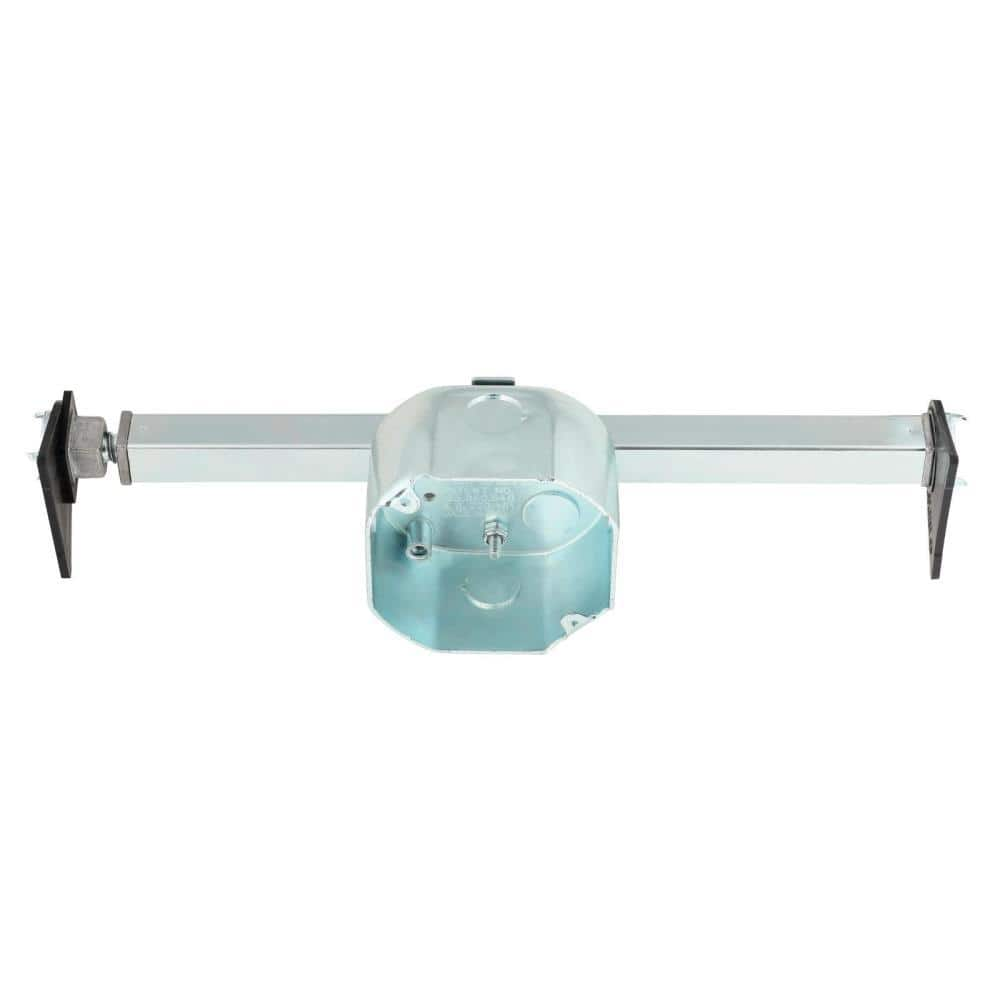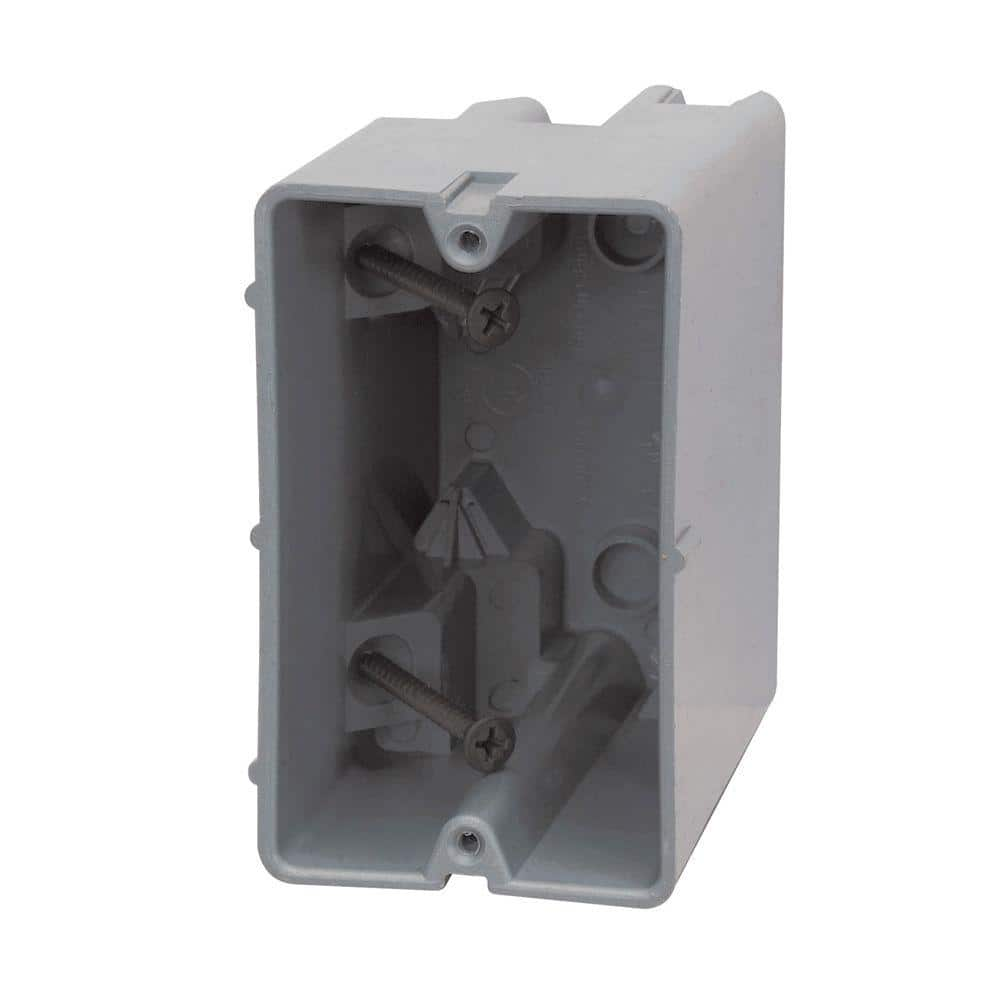Checkthisout
Solar Wizard
- Joined
- Nov 14, 2021
- Messages
- 4,819
Do your parents know you're sneaking into their liquor cabinet and then playing on the internet?Wow using a remodel box to mount a ceiling fan.
The very definition of a hack!!!!!
Tell me you know nothing about simple household electrical work without telling me.
Seriously though. I don't really want to be that mean.

Westinghouse 21.5 cu. in. Retrofit Ceiling Fan Saf-T-Brace 0140000 - The Home Depot
This Westinghouse Saf-T-Brace allows you to safely install your ceiling fan or lighting fixture in three easy steps--without having to access attic space. Ideal for installation during new construction
www.homedepot.com



